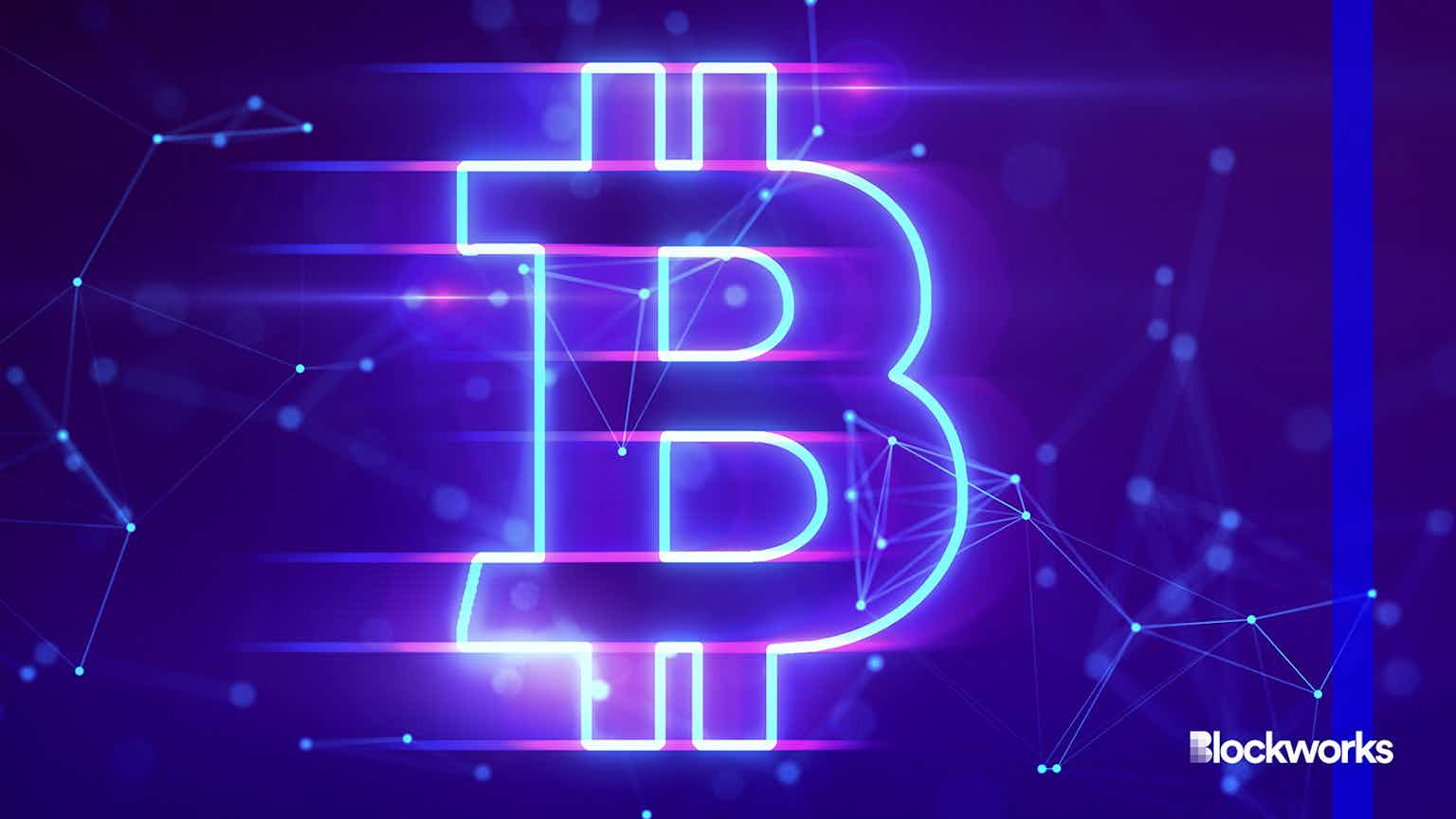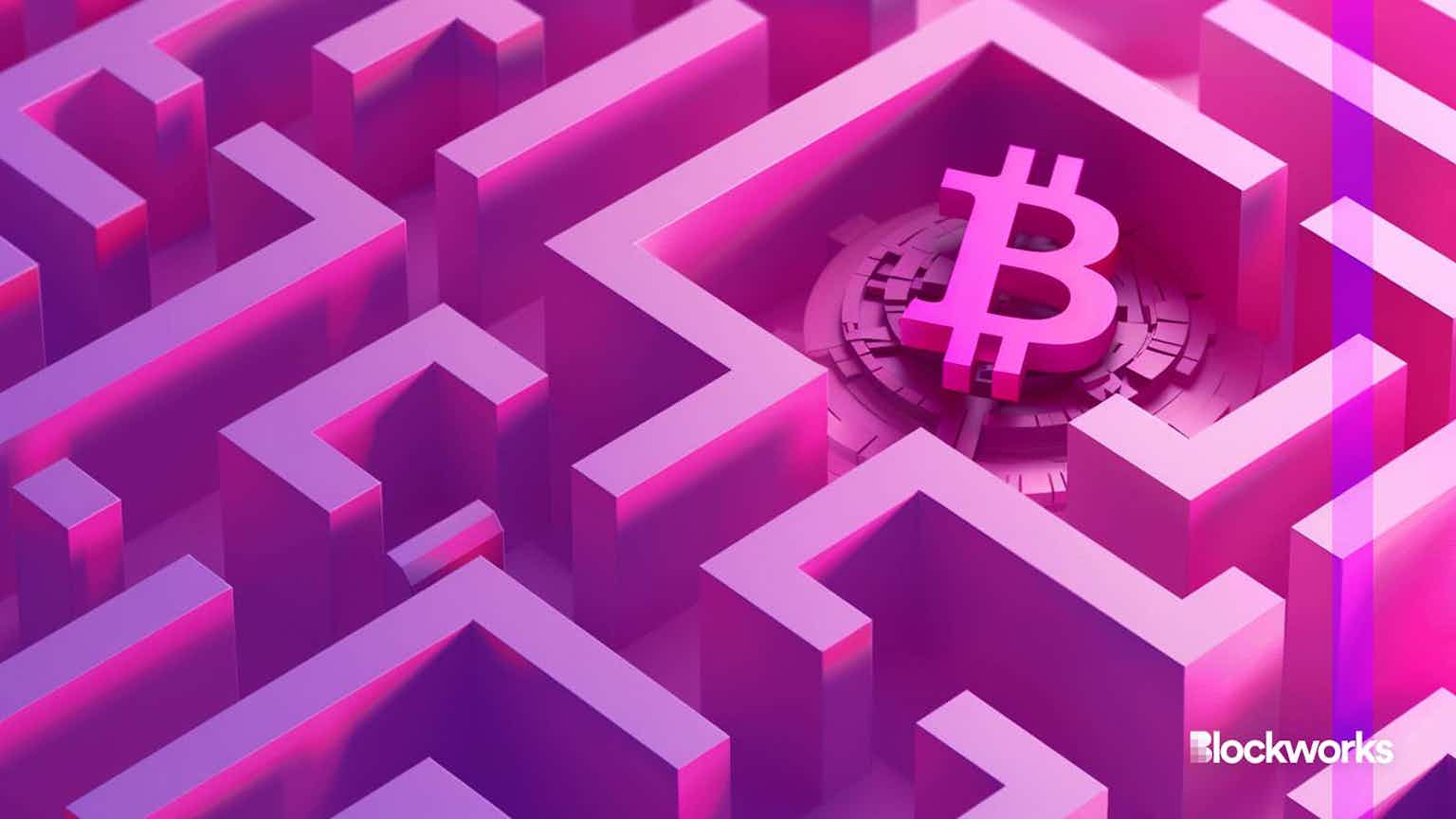Frax v3 offers ‘all-weather stablecoin,’ founder Kazemian says
“You don’t want to become riskier as you get bigger,” Kazemian says. “That’s not a recipe for a good ending”

solarseven/Shutterstock modified by Blockworks
Sam Kazemian says Frax protocol’s v3 iteration offers an “all-weather” stablecoin that “completes the dollar-pegged stablecoin design.”
The goal is for the stablecoin to behave “like real US dollars in every kind of market condition,” including both high and low rate environments, he explains.
On the 0xResearch podcast (Spotify/Apple), Kazemian says the team took what’s already working with Frax “exactly as designed before,” but added “a few new unique innovations” to the protocol’s functionality.
An important enhancement that Kazemian mentions is the incorporation of traditional market dollar yield curve dynamics, caused by short-dated Treasurys and the IORB (interest on reserves balances) rate — often referred to as the Federal Reserve rate.
Read more: Frax v2 enables permissionless DeFi validators
“We wanted to design a stablecoin that brings all of those things on-chain in as decentralized but proper manner as possible, as well as have all of the innovations that the Frax stablecoin has had in v2.”
Frax v3, he says, “neatly places all of those in an elegant way that — we think — no one’s done before.”
Fully collateralized
Safety — a characteristic that has sometimes appeared to be an afterthought in certain stablecoin solutions of the past — is key to successful long term growth, Kazemian says. “If you want to create a very large stablecoin,” he says, “you want to basically become safer as you get bigger.”
“You don’t want to become riskier as you get bigger,” he adds. “That’s not a recipe for a good ending.”
If the stablecoin industry is to ever grow into a multi-hundred billion dollar sized market, Kazemian says the technology’s design has to become more reliable. “You can’t have the same exact structure.”
“You want it to be safer,” he says. “You don’t want that to possibly go ‘poof’ overnight.”
Locked liquidity
As of now, the Frax stablecoin has a collateralization ratio (CR) of 92%, podcast host Dan Smith observes. Kazemian explains that Frax is “fully transitioning to 100 percent CR of exogenous collateral,” primarily through protocol revenues.
“We have an LSD [liquid staking derivative],” he says. “We like to call it an [ether] ETH-pegged stablecoin. We have Fraxchain coming at the end of the year.”
Frax earns between $30 to 40 million of annual revenue via their current market offerings, Kazemian says. “Hopefully that will be even higher with Fraxchain [layer-2] and these kinds of things.”
Because of “locked liquidity” in Frax, a “bank run” is mathematically impossible with the protocol, according to Kazemian, barring smart contract risk “or something really unexpected happening,” he says.
“If you actually just go on-chain and look at it,” he says, “you don’t have to trust me.”
“There’s actually years — one to two and a half years of locked liquidity.”
“That’s why Frax has been super stable,” he says, “because we’ve been very transparent. We have actually a live balance sheet of all the Frax collateral that literally updates every block.”
“Markets are efficient,” Kazemian believes. “We actually try to help and tend towards efficiency by pushing out as much information as possible,” he says, “and because the information is good, you know, things are good.”





